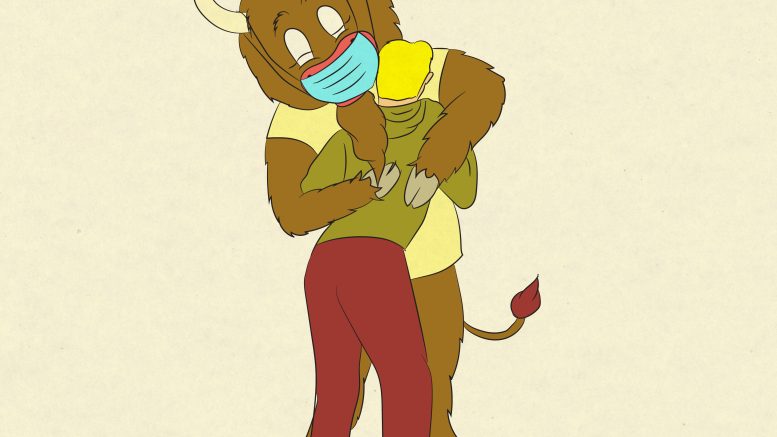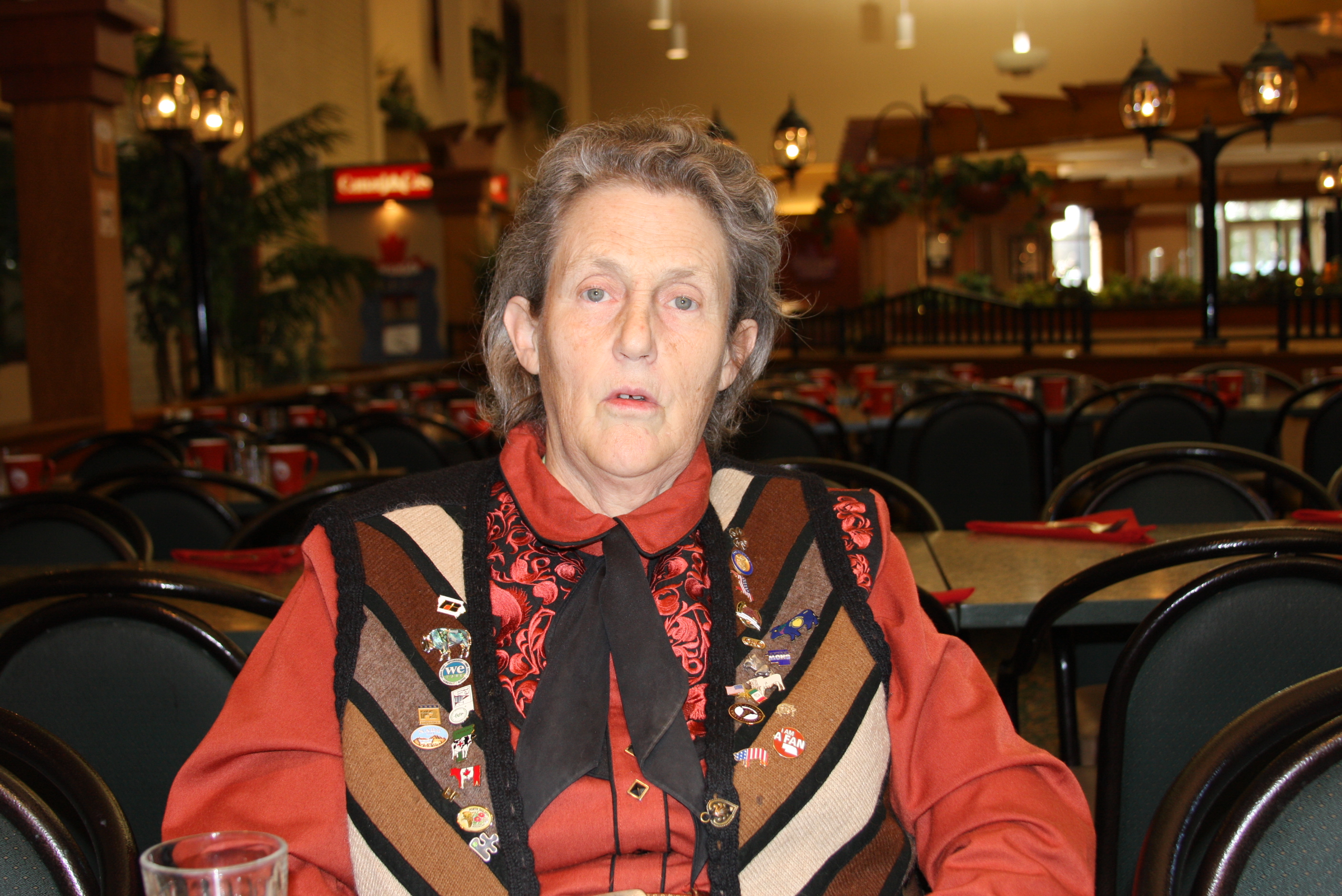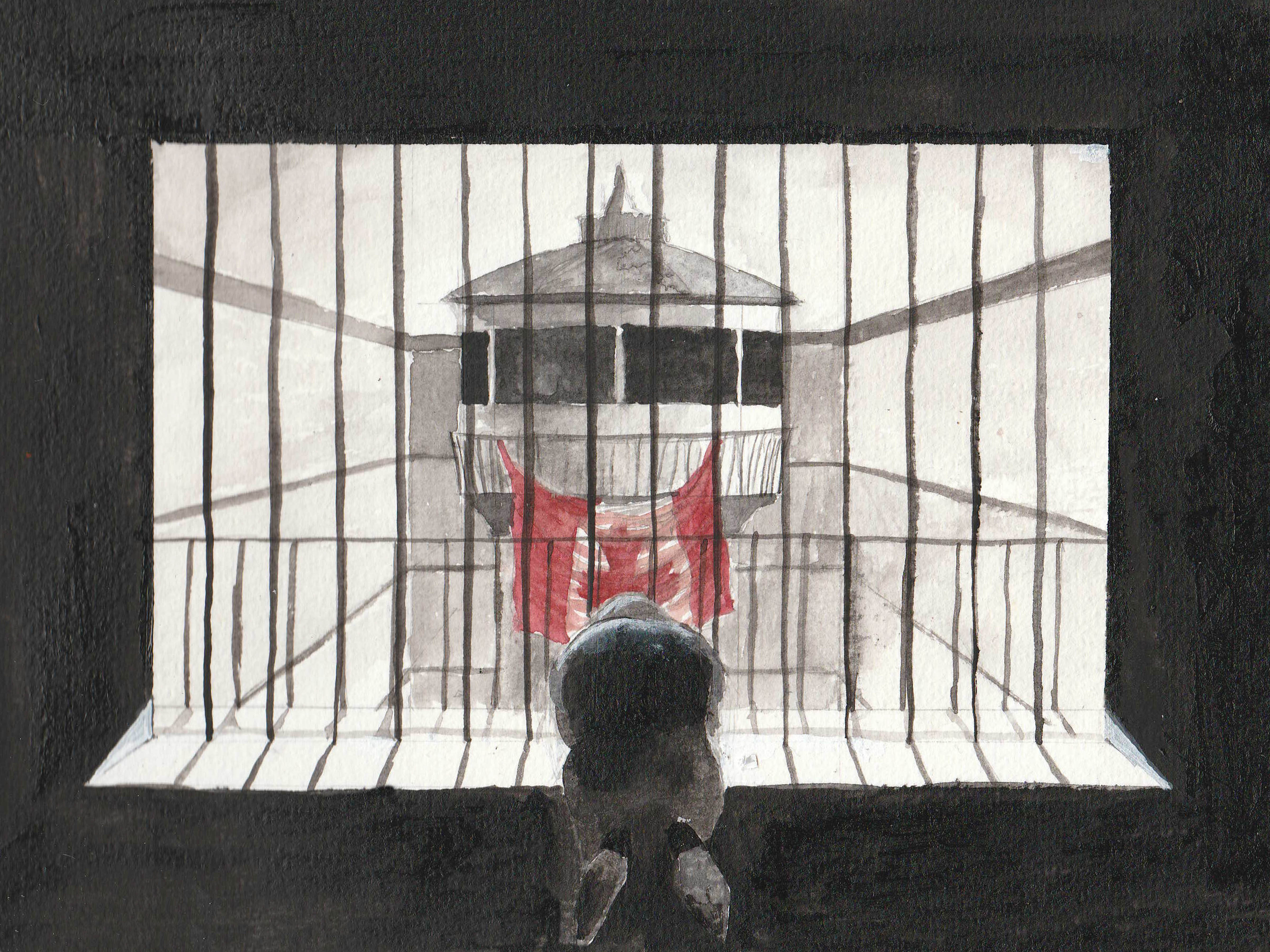I never thought I would look back on my freshman and sophomore years of university and remember a Zoom screen with floating names. As far as I knew, conference call software was meant to be used by corporate employees. Little did I know it would become the norm.
When I thought about what university would be like, I always pictured the theatre-like lecture halls with a well-dressed professor and an enthusiastic set of students willing to engage in the material being taught, yet instead all I got for two years were overpriced Zoom sessions with muted, faceless names and professors wearing the most enviable sweatshirts.
During those two years, there was not a moment where I did not question the efficacy of online classes, wondering if all students could empathize with both my academic and personal frustration. It was never about the class content or the pedagogical practices in place.
Rather, I came to realize it was about the feeling of not being able to move forward. It was about remaining static within my own living space to take classes, do coursework and merely exist, which can take a toll on anyone. Finding peace amid a storm is a difficult task many students were forced tocomply with.
We were expected to push ourselves through deadlines and everlasting Zoom sessions to maintain a sense of what we thought to be normal. Though Zoom memberships have now expired without an expected renewal, sweatshirts are slowly wearing thin, and restrictions are essentially fully eased, one issue persists: the toll the pandemic has taken on the student body.
After two years of online learning, the longest professor strike in the University of Manitoba’s history and waves of COVID-19 contributing to tumultuous mental health, the student body is set for a huge in-person comeback this fall.
Though as a student-at-large, I took the news with excitement. However, I also reflected on the administration’s expectations of the student body.
More than simply complying with the health measures in place, I wondered if students were expected to academically excel. Was a decrease in students’ GPA foreseen? Will resources be available to guide students during their transition back into the University of Manitoba’s hallowed halls?
As I spoke with my peers, we realized our marks were not an accurate representation of our decaying mental health. Many students, including myself, found academics a distraction from the ever-worsening events that followed March 2020.
Many are immersed in textbooks and lectures, almost entirely dismissing the limited social interaction available. One of the in-person seminar courses I took this summer was expected to be a discussion-based course of about 30 people, but very quickly became an awkward conversation amongst four.
For one of my peers, discussion posts fostered a more comfortable environment for debate. She had never taken the in-person discussion-based courses because of the switch to remote learning. As students, keeping within our comfort zones helps us feel safer. Now that we’ve grown accustomed to that, making the switch back to in-person, though exciting, will be a tough change for many.
Though I am a firm believer in the benefits that come with 21st technology, the pandemic has allowed us to grow comfortable with social distancing, with or without health measures in place. What once were tools to bridge the learning gap — a product of the restrictions that responded to COVID-19 — have now fuelled both academic and personal insecurities.
UMSU has moved forward with mental health initiatives and events to help rebuild the sense of community that was once the standard for University of Manitoba students, but more needs to be done to ensure a smooth transition to in-person learning on all ends of the spectrum, from administration to the student body.
Though the incoming academic year comes with both new and existing challenges, it will be resilience — the same resilience that helped us persevere through two years of online learning — that will ensure we accomplish our personal and academic goals.




